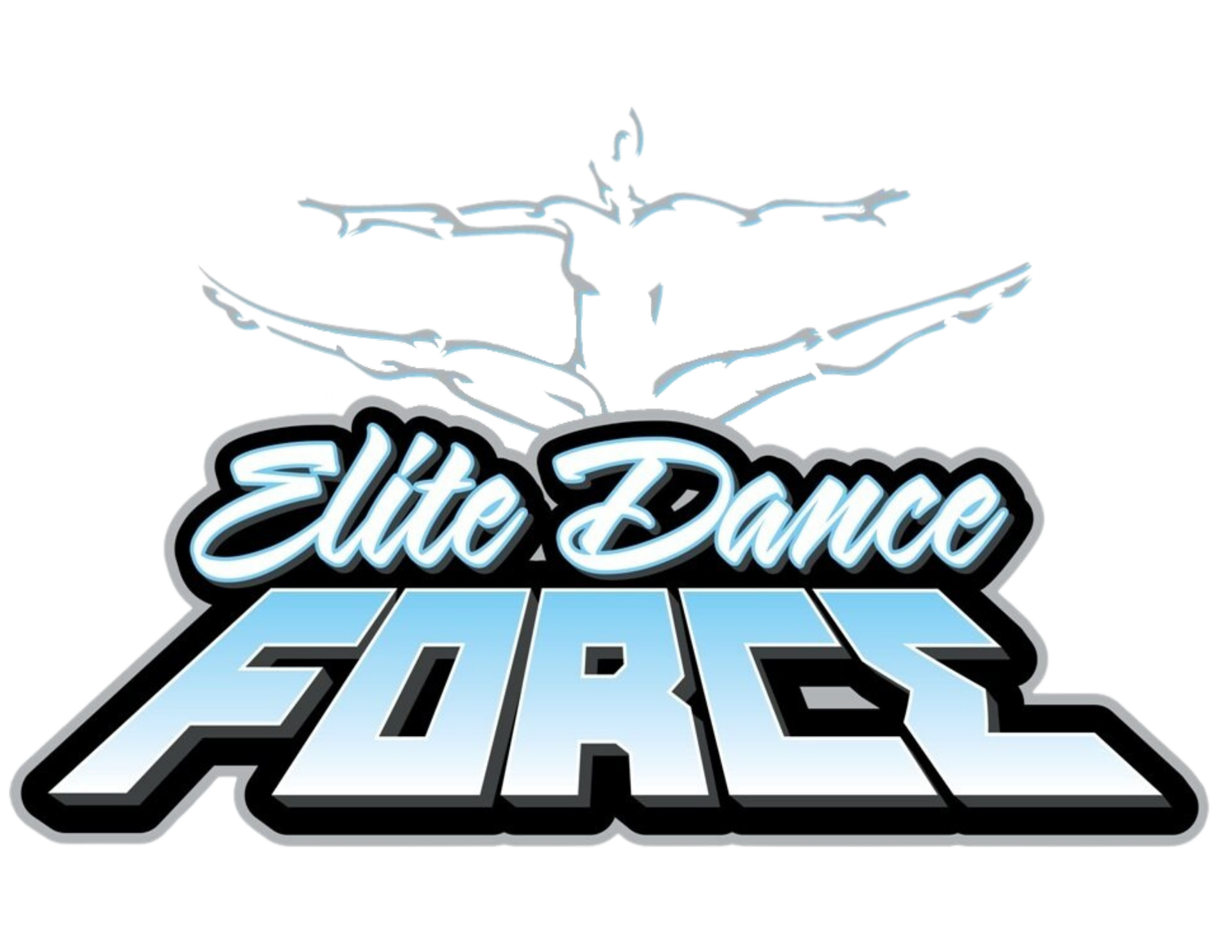Choosing the perfect dance studio for your family
Entering the exhilarating world of dance can be one of life's quintessential journeys. Yet finding the right studio—one that nurtures talent, sustains interest, and becomes a second home for dancers and their families—can seem as intricate as a perfectly choreographed routine. With a wide array of studios each offering a unique blend of classes, disciplines, and environments, how can you discern which one is right for your family? This exhaustive guide, buoyed by practical tips and insider insights, is your map to navigating this harmonious world.
Understanding Your Dance Dreams
The process of choosing a dance studio is personal and can be profoundly tied to your aspirations and those of your child. It's a decision that often balances the scale between care-free fun and disciplined aspirations for excellence. Before you begin the search, it's essential to have a clear vision.
Setting Goals
Define your dance-related aspirations clearly. Are you looking for a recreational activity that promotes fitness and social interaction, or are you exploring a pre-professional path? Your aspirations will dictate the level of technical training and commitment required, which will align with specific types of studios.
Exploring Styles
Equip yourself with a basic understanding of the dance styles your family is interested in—be it classical ballet, hip-hop, jazz, or more specialized genres like Irish step-dance. Different studios may specialize in or have a strong reputation for certain styles.
Research and Referrals
Guided by your goals, start assembling a list of potential studios. Don't underestimate the value of good old word-of-mouth.
Leveraging Your Network
Speak to parents of dancers and teachers in local schools or colleges. These individuals often have deep roots in the local dance community and can provide recommendations based on their experiences.
Scouring the Web
Today, most studios have a digital footprint. Utilize online directories, social media, and review platforms to learn about the class schedules, instructional staff, and even performance history of different studios.
Visit With Intent
While online research is an excellent starting point, nothing beats the physical experience. Make visits with a checklist in hand to ensure you cover all the critical factors.
The Warm-Up
When you walk through the door, observe how you and your child feel. Is there a palpable sense of welcome and community? This gut feeling is often a strong indicator of fit.
The Essentials
During your visit, pay attention to the studio's facilities, including dance floors, changing areas, and waiting rooms. Hygiene and safety should be top priorities, especially when considering spaces for young dancers.
Watching a Class
Whenever possible, observe a class in session. This will give you a sense of the teaching style, the level of discipline, and the student-teacher dynamics. Look for an environment that inspires but does not intimidate.
The Staff Factor
The instructors at a studio are its heart. Their expertise, approachability, and the support they provide are key factors in the overall experience.
Credentials Count
Ask about the teachers' backgrounds and qualifications. Years of experience, performance history, and relevant education are good indicators of a sturdy program.
Personal Interactions
A good teacher is not just about technique. They should be able to engage with students on a personal level and provide the right kind of motivation and feedback.
Cost and Commitment
Understanding the financial and temporal costs of joining a studio is crucial for long-term sustainability.
The Price of Passion
Get transparent about the fees. Understand what they cover and if there are any additional costs for costumes, competitions, or recitals.
Contracts and Policies
Read through any contracts or terms of service carefully. Know the cancellation policy, the studio's approach to missed classes, and any hidden fees that might arise.
Red Flags and Green Flags
Just as in a dance, certain studio characteristics can signal the harmony—or lack thereof—that's essential to your family's experience.
Red Flags
High staff turnover can indicate internal issues that might affect the consistency of your child's experience.
Limited performance opportunities may hinder your dancer's growth and enthusiasm.
A studio that is lax about safety procedures and regulations is not one where a young dancer should hone their craft.
Green Flags
A studio with a structured class progression and clear expectations can provide a roadmap for advancement.
Ongoing investments in facilities and equipment demonstrate a commitment to the long-term success of the studio and its students.
A studio that encourages a balanced lifestyle, acknowledging the importance of academic studies and personal time, balances discipline with personal well-being.
After the Research
Once you've done the legwork of visiting studios, watching classes, and speaking to staff, it's time to make your decision.
Evaluating Options
Consider the pros and cons of each studio against your initial goals. Reflect on your visit, the staff interactions, and any positive or negative gut feelings experienced during the process.
Making the Choice
Ultimately, go with the studio that feels right for your family. Remember, this is a dynamic relationship that should evolve to meet changing needs and preferences. A good studio will appreciate your family's loyalty and work hard to maintain it.
In the pursuit of the perfect dance studio, your effort in selection will be rewarded tenfold through the personal growth, joy, and memories that dance will provide. Your family is about to step into the rhythm of something special—embrace it, and enjoy the dance!
